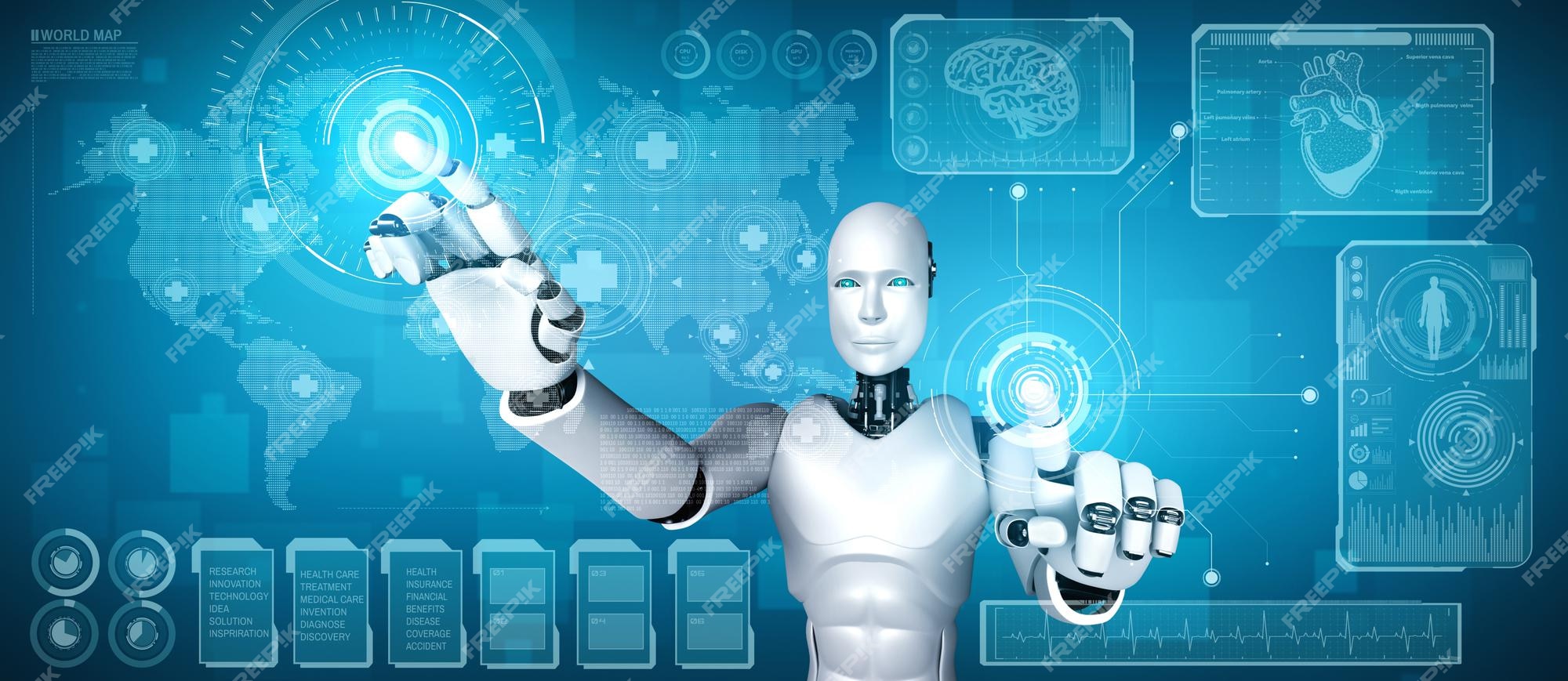Healthcare Software Development: The Future of Healthcare in the Age of AI
This has led to the creation of specialized algorithms that can now sort through large volumes of unstructured information in a matter of seconds. At the same time, the growing availability of cloud services has made it much easier for smaller companies with limited resources to launch their products or services on a larger scale than ever before. Even with all these developments, the healthcare software market remains fragmented and highly competitive. In this blog post, we’ll explore the current state of custom healthcare software development and discuss what the future holds for this industry segment moving forward.
Table of content
Table of Contents
The healthcare industry is being rapidly transformed by artificial intelligence, big data, and cloud computing. These technologies are changing the way we diagnose and treat patients, while simultaneously opening up new opportunities for software developers working in this field. AI has made it possible to analyze data more quickly and efficiently than ever before.

This has led to the creation of specialized algorithms that can now sort through large volumes of unstructured information in a matter of seconds. At the same time, the growing availability of cloud services has made it much easier for smaller companies with limited resources to launch their products or services on a larger scale than ever before. Even with all these developments, the healthcare software market remains fragmented and highly competitive. In this blog post, we’ll explore the current state of custom healthcare software development and discuss what the future holds for this industry segment moving forward.
The Importance of AI in Healthcare
The healthcare industry consumes more than 40% of all AI investment across all industries. On average, each healthcare provider invests $1 million in AI each year. Most of the growth in healthcare AI spending is expected to come from increased spending on image recognition software, natural language processing, and patient engagement tools.
There are many reasons why AI is so important in the healthcare industry. First and foremost, AI allows doctors to spend more time on diagnosis and treatment, rather than on data entry. Many of the most popular AI-driven healthcare apps allow medical professionals to input information about their patients in a structured format that allows for easy tracking and analysis of information later on.
Big Data and Healthcare Information
Healthcare providers have been collecting data for decades. Data comes in the form of records, reports, interviews, images, and even DNA samples. The important thing is that data is unstructured, meaning it is difficult to make sense of. It might be in a different format, and it might not even be in a language that’s easy to understand.
Because healthcare data is unstructured, it’s much harder to analyze than data in a structured format. While there’s a lot of data in the healthcare industry, it’s not actually useful data. It’s not helpful to know how many people visited the emergency room last month unless you can figure out why. Big data is basically lots of data points that are difficult to analyze.
Cloud Computing in Healthcare
Cloud computing has been transforming the IT industry since the early 2000s, but it’s only been relatively recently that it’s started to gain traction in healthcare. Healthcare providers are particularly sensitive about data privacy, so it took a while for cloud providers to earn their trust. They also had to adapt their products to meet the unique needs of the healthcare industry.
However, cloud computing has a lot of advantages. It allows healthcare providers to easily expand their IT infrastructure when they need to scale up, or shrink it down when they need to scale down. Cloud providers manage all the servers, updates, and maintenance, so their customers don’t have to. It’s also much easier to collaborate when everyone is working with the same tools.

Mixed Reality and Augmented Reality in Healthcare
Mixed reality technology is quickly expanding into all industries, including healthcare. This technology allows people to combine virtual elements with the real world so they can get an improved understanding of their surroundings. Mixed reality software is particularly useful for training new employees, conducting remote inspections, and even performing surgery.
Augmented reality apps are also becoming increasingly popular. Many healthcare providers are using AR apps to help patients manage their medical conditions, monitor their progress, and track their side effects. One of the most interesting applications of AR in the healthcare industry is medical tourism, where patients can virtually visit a foreign healthcare provider to receive services such as laser eye surgery, cosmetic procedures, and dental implants.
Mergers and Acquisitions: Shaping the Healthcare Software Market
Healthcare mergers and acquisitions have been on the rise in recent years. In 2017, the healthcare industry saw a record $1.3 trillion in merger and acquisitions activity. These deals are reshaping the healthcare software market as well. For example, IBM is aggressively acquiring new companies to expand its footprint in the cloud computing market.
While mergers and acquisitions can shake up the healthcare software market, they can also have positive effects. When large companies like IBM, Amazon, and Google expand into new industries, they inevitably invest in technological advancements and improved product quality. When they buy smaller healthcare companies, they usually bring them into their existing organizations and give them access to more resources. Smaller companies can also benefit from joining larger corporations, especially since custom healthcare software development providers are often underfunded and understaffed.
AI Driven Robots will be the New Nurses
Robots have long filled roles in manufacturing plants, and service roles in hotels and restaurants, but the healthcare industry is just now starting to employ robots to fill caregiver roles. The healthcare system is experiencing a shortage of nurses, and many healthcare organizations are facing increased pressure from patients who want better care. Employing robots to help manage patients and assist nurses could go a long way towards relieving some of the pressure.
AI Helps Doctors Make Accurate Diagnoses
Healthcare providers use computers to help them make accurate diagnoses every day. X-rays, MRIs, CT scans, and other imaging technologies are all computer-driven. Doctors can also use computers to research their patients’ symptoms, track their progress, and monitor their side effects. In many cases, computers also help healthcare providers communicate their findings to each other. For example, a doctor might need to communicate their diagnosis and treatment plan to a patient in a language they understand.
Healthcare Data Becomes an Asset
In the past, healthcare providers treated their data as a liability. They wanted to protect patient privacy and prevent the misuse of sensitive information. Thanks to AI, healthcare providers now have a lot more confidence in their data. Data is valuable, especially when it is unstructured. AI can make sense of even the most difficult data and transform it into something useful.
Robots and other automated systems can take this data and make it available to other organizations, just like they currently do with other types of data. While it might seem like a violation of privacy, it’s actually a good thing. Better access to data will lead to better treatments, more efficient operations, and even cheaper healthcare costs.
Final Words: Where is the Healthcare Software Market Heading?
The healthcare industry is heavily regulated, which means it’s difficult for young startups to enter the market. However, there are still plenty of opportunities for software developers in this space. There is a massive demand for AI-driven software and big data analytics, which makes it easier for smaller companies to compete with the incumbents.
The healthcare industry is expected to grow from $9 trillion to $16 trillion over the next 10 years. This means that healthcare providers need more software to handle their growing operations. This is an exciting time to be working in the healthcare software development industry. New technologies are making it easier than ever to collect and analyze data, while simultaneously making it possible to share that data across organizations.


